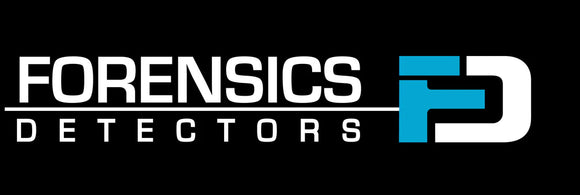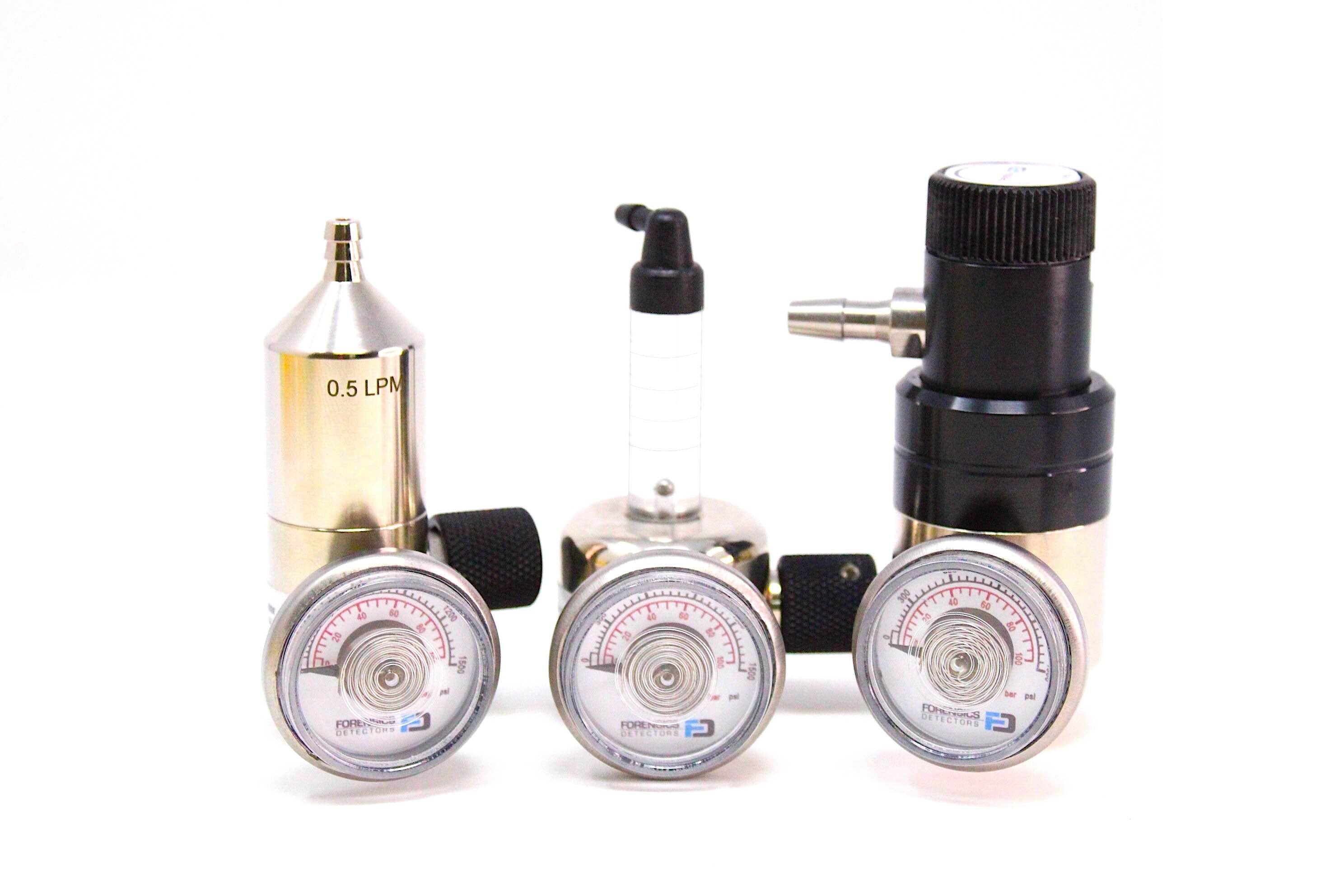Calibration gas regulators serve as the critical interface between high-pressure gas cylinders and sensitive analytical instruments across industries. The precision of a calibration gas regulator directly impacts measurement accuracy, compliance verification, and safety protocol effectiveness. Selecting the appropriate calibration gas cylinder regulator requires understanding both traditional pressure control principles and emerging smart technologies. This guide examines all aspects of modern calibration gas regulators—from material compatibility and pressure specifications to advanced features like predictive maintenance algorithms and IoT integration. Professionals responsible for instrument calibration will find comprehensive information on selection criteria, operational best practices, and troubleshooting methodologies for these essential precision devices.
Pros |
Cons |
|
✅ Precise flow control for accurate calibration. ✅ Safely reduces high cylinder pressure to usable levels. ✅ Extends gas cylinder life by optimizing usage. |
⛔ High upfront cost. ⛔ Beware of correct fitting. ⛔ Material compatibility concerns with certain gases. |
Top 4 Best Calibration Gas Regulators?
- Forensics Detectors Calibration Gas Regulators
- CTI Gas Calibration Gas Regulators
- Mesa Gas Calibration Gas Regulators
- Ideal Calibration
What is a Calibration Gas Regulator?
A calibration gas regulator is a precision device designed to control the pressure and flow of calibration gases from pressurized cylinders to analytical instruments. These specialized regulators maintain consistent gas delivery, ensuring accurate instrument calibration across industrial, laboratory, and environmental monitoring applications. Unlike standard gas regulators, calibration gas cylinder regulators are manufactured with high-grade materials and precise engineering to prevent contamination and maintain gas purity. Modern calibration gas regulators incorporate smart technology with digital pressure displays, automated pressure adjustment, and IoT connectivity for remote monitoring and calibration process documentation.
What is a Fixed Flow Regulator?
A fixed flow regulator is a calibration gas delivery device designed to provide a consistent, predetermined flow rate that cannot be adjusted by the user. These regulators contain precision orifices that restrict gas flow to a specific rate (typically measured in liters per minute). Fixed flow regulators eliminate the need for separate flowmeters, simplifying the calibration process and reducing the risk of user error. They're ideal for applications requiring consistent flow rates for routine calibrations. Advanced models feature enhanced pressure compensation mechanisms that maintain the specified flow rate even as cylinder pressure decreases, ensuring calibration accuracy throughout the calibration gas cylinder regulator's usable life.
What is a Demand Flow Regulator?
A demand flow regulator is an advanced calibration gas delivery system that releases gas only when a connected instrument creates a vacuum or "demand" for sample gas. Unlike continuous flow regulators, demand flow regulators conserve calibration gas by delivering it precisely when needed, extending cylinder life and reducing operational costs. These calibration gas regulators maintain constant delivery pressure regardless of inlet pressure variations, ensuring consistent instrument readings. Current models feature enhanced response sensitivity, smart consumption tracking, and compatibility with a wider range of specialized calibration gases. They're particularly valuable for portable gas detectors and applications requiring intermittent calibration with expensive specialty gas mixtures.
What Does a Calibration Gas Regulator Do?
A calibration gas regulator performs the critical function of controlling high-pressure gas from cylinders (often 2000+ PSI) down to working pressures (typically 15-50 PSI) suitable for calibrating analytical instruments. It maintains consistent output pressure regardless of cylinder pressure changes, ensuring reliable calibration results.

What is an Adjustable Calibration Gas Regulator?
An adjustable calibration gas regulator allows users to manually control output pressure and flow rates to meet specific calibration requirements across different instruments and applications. Unlike fixed models, these regulators feature precision adjustment knobs that enable fine-tuning of delivery parameters, making them versatile for laboratories and facilities calibrating diverse equipment. Premium adjustable calibration gas regulators include pressure compensation technology that automatically adjusts internal components as cylinder pressure decreases, maintaining consistent output throughout calibration procedures. This flexibility makes adjustable calibration gas cylinder regulators ideal for research facilities and calibration service providers working with multiple instrument types.

What Materials are Calibration Gas Regulators Typically Made Of?
Bodies typically feature stainless steel (316L grade) or brass with electroless nickel plating. Internal components use PTFE, Viton, or specialized elastomers for gas-specific compatibility.

How Do You Select the Right Calibration Gas Regulator for Your Application?
Selecting the appropriate calibration gas regulator requires evaluating several critical factors: gas type compatibility (corrosive, inert, or reactive), required delivery pressure range, flow rate needs, application environment, and calibration frequency. Consider gas purity requirements—some applications demand high-purity calibration gas cylinder regulators with specialized cleaning. Match connection types to your cylinders and instruments. Determine if you need fixed flow, adjustable, or demand-flow functionality. For critical applications, prioritize regulators with digital monitoring capabilities and preventative maintenance alerts. Always choose calibration gas regulators certified for your industry's safety standards.

How Often Should Calibration Gas Regulators be Inspected or Replaced?
Calibration gas regulators should undergo visual inspection before each use and comprehensive review quarterly. Annual professional maintenance is recommended, including leak tests, gauge verification, and diaphragm inspection. Replacement frequency depends on usage conditions—calibration gas cylinder regulators handling corrosive gases typically need replacement every 2-3 years, while those for inert gases may last 5-7 years with proper maintenance. Advanced models feature wear sensors that monitor internal component degradation and provide predictive replacement notifications. Always replace calibration gas regulators showing signs of damage, inconsistent pressure control, or contamination.
What is the Difference Between a Single-Stage and Two-Stage Calibration Gas Regulator?
Single-stage calibration gas regulators reduce cylinder pressure to working pressure in one step, offering simplicity and lower cost. However, they exhibit "supply pressure effect," where output pressure rises as cylinder pressure depletes. Two-stage calibration gas cylinder regulators incorporate sequential pressure reduction chambers—the first stage reduces cylinder pressure to an intermediate level, while the second maintains precise working pressure regardless of inlet fluctuations. This design delivers superior flow stability essential for sensitive analytical instruments. Modern two-stage regulators add electronic pressure compensation and flow stabilization, crucial for accurate calibration of advanced gas detection systems.
How Do You Properly Connect a Calibration Gas Regulator to a Cylinder?
To properly connect a calibration gas regulator, first ensure all components are compatible with your specific gas. Remove the cylinder cap and "crack" the valve briefly to clear debris. Inspect the calibration gas cylinder regulator inlet and cylinder outlet for damage or contamination. Align the regulator with the cylinder valve, avoiding cross-threading, and hand-tighten the connecting nut. Use an appropriate wrench for final tightening—just enough to prevent leaks without damaging threads. With outlet valves closed, slowly open the cylinder valve completely, check pressure gauges, and perform leak tests using approved detection solutions or electronic leak detectors.
What Maintenance is Required for Calibration Gas Regulators?
Proper maintenance of calibration gas regulators includes regular external cleaning with non-abrasive solutions, inspection for physical damage, and verification of gauge accuracy against reference standards. Check O-rings and seals for wear, replacing as needed.
What is The Cost Range for Different Types of Calibration Gas Regulators?
Calibration gas regulator pricing varies significantly based on type and features. Basic single-stage brass regulators for non-corrosive gases start at $150-300, while mid-range stainless steel models range from $400-700. Specialty calibration gas cylinder regulators for corrosive gases using exotic materials (Monel/Hastelloy) command $800-1,500. Two-stage high-accuracy models range from $600-1,200. Premium smart regulators with digital displays, IoT connectivity, and predictive maintenance features range from $1,200-2,500. Custom-engineered calibration gas regulators for unique applications or ultra-high-purity requirements can exceed $3,000. Most manufacturers offer recertification programs reducing lifetime ownership costs.
Final Word
Calibration gas regulators represent a critical link in maintaining measurement accuracy across industries where precision is non-negotiable. When properly selected, maintained, and operated, these precision instruments ensure reliable analytical results, workplace safety, and regulatory compliance. As calibration technology continues advancing, understanding these foundational components remains essential for professionals responsible for measurement integrity in increasingly demanding applications.
About The Author
Dr. Kos Galatsis ("Dr.Koz") is the President of FORENSICS DETECTORS where the company operates from the scenic Palos Verdes Peninsula in Los Angeles, California. He is a subject matter expert on gas sensor technology, gas detectors, gas meters, and gas analyzers. He has been designing, building, manufacturing, and testing toxic gas detection systems for over 20 years.

Every day is a blessing for Dr. Koz. He loves to help customers solve their unique problems. Dr. Koz also loves spending time with his wife and his three children going to the beach, grilling burgers, and enjoying the outdoors.
Read more about Forensics Detectors.
Email: drkoz@forensicsdetectors.com

